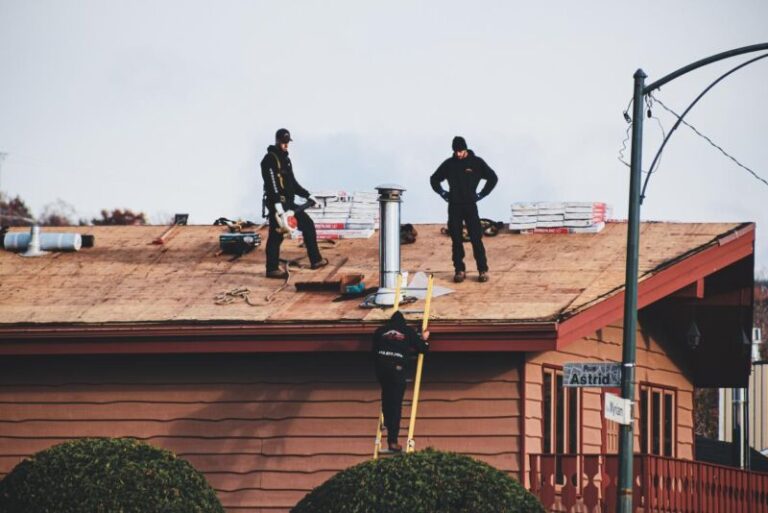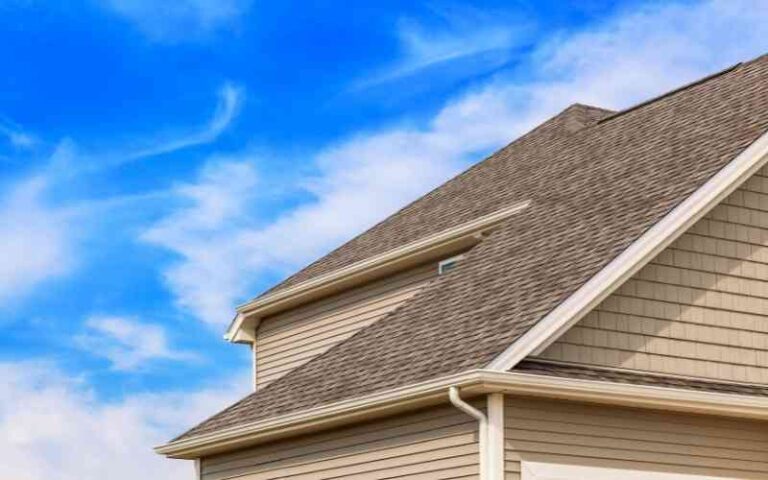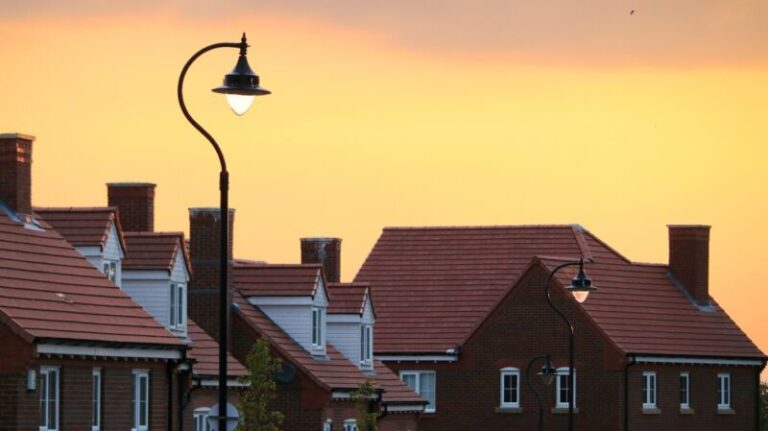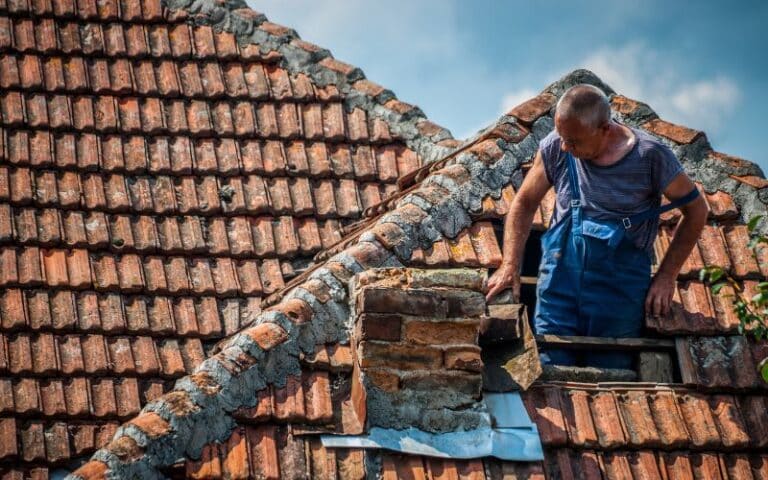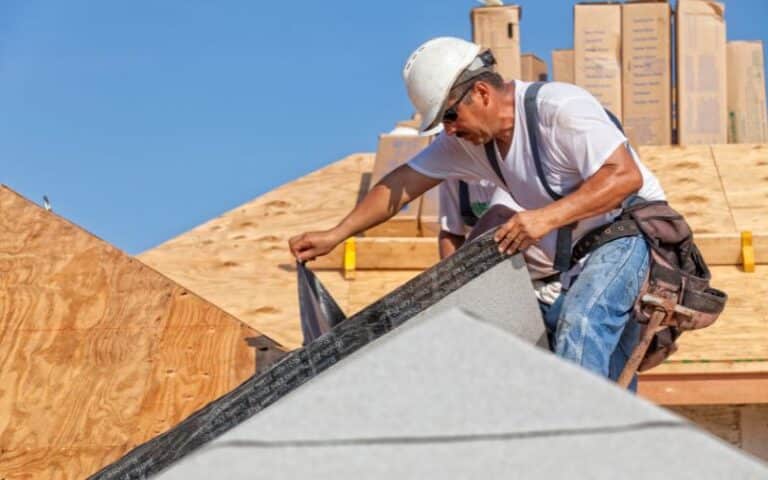If you’ve planned to have a flat roof for your home, you might have come across or heard of the idea of putting pebbles on a flat roof. Besides using different materials, such as EPMD, PVC, TPO, bitumen, etc., layering pebbles on a flat roof is another favored practice.
But why? Does a pebble roof cover offer any additional benefits to a flat roof? What role does it play? Find out the answers here!
Ready for a Roofing Quiz?
Reasons to Put Pebbles on Flat Roof
Pebble layers are mainly put on flat roofs to provide additional protection to them from bad weather, water infiltration, thermal insulation, keeping the underlying layer in place, and much more.
They are necessary to put on ballast and built-up flat roof systems as they offer unlimited protection to the roof and balance its overall weight.
A built-up roof is made with numerous layers of tar and bitumen on which a layer of pebbles acts as a protective cover and prevents the layers from disintegrating due to harsh weather.
As for flat roofs where a single-ply membrane is used, pebbles hold the membrane in its place, providing structural capacity to the roof and saving you money.
Here are the reasons why to put pebbles on flat roofs:
Pebbles Extend Life of Flat Roofs
The number one reason for putting pebbles on a flat roof is their strength, extending your flat roof’s life by several years and delaying its repair and replacement.
Whatever the material of the membrane used in a flat roof, a layer of pebbles or small rocks spread over it protects the underlying roofing material from UV rays and harsh weather conditions, preventing cracks, peels, and degradation.
Although a single-ply roofing membrane can protect itself from UV rays, pebbles layered on it are an additional protection layer. They are worth more than their weight and save you money and time spent on roof repair.
Provide Additional Protection from Water Infiltration
One of the biggest concerns when laying out a flat roof is waterproofing. The Sun heats the pebbles and evaporates the water they are holding, preventing the water from reaching the inner membrane.
Holds Roofing Material in Place
The pebbles embedded into the top layer of the bitumen or other flat roof membranes hold the material firmly in place and protect it from all external factors, sun’s rays, hail, storms, rainfall, etc.
They weigh down the materials and keep the roof intact. Thus a pebbled flat roof is more durable and long-lasting.
Preserve the Integrity of a Flat Tar Roof
During summer, due to the prolonged sun exposure, the tar may melt and flow, vacating areas of the roof if there’s no waterproofing done. A pebble layer prevents this from happening, hence keeping the roof’s integrity.
Pebbles Act as Filters
A layer of pebbles prevents the debris from reaching the roof drain and thus acts as a filter. Sticks, leaves, and other debris can reach the drain and clog it, causing significant water damage. The pebbles catch them and thus save you money.
Prevents Pocket Ruptures
You might have heard of ‘pocket ruptures’ developed on flat roofs. These small air pockets develop over time on a flat roof when people walk on it.
These pockets or bubbles sometimes contain water, which means a source of a water leak.
The weight of the people walking on a flat roof is distributed by pebbles preventing the rupture of these pockets when someone walks on them.
Pebbles Provide Thermal Protection
Pebbles absorb and emit heat, providing thermal protection to flat roofs. They do it by dispersing the heat between their irregular shapes and sizes filled with air space and then absorbing and releasing it without it reaching the underlying membrane.
So far, you might be convinced to put pebbles on your flat roof. Now, if your roofing contractor recommends layering your flat roof with pebbles and rocks, don’t be surprised.
Indeed, pebbles act as a protective surface over your flat roof, preserving the underlying membrane and your roof’s overall integrity.
Recommended: How Long Does A Flat Rubber Roof Last?

